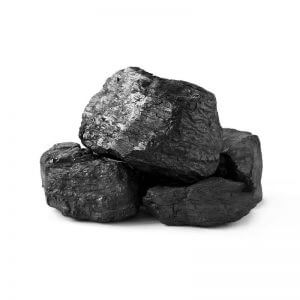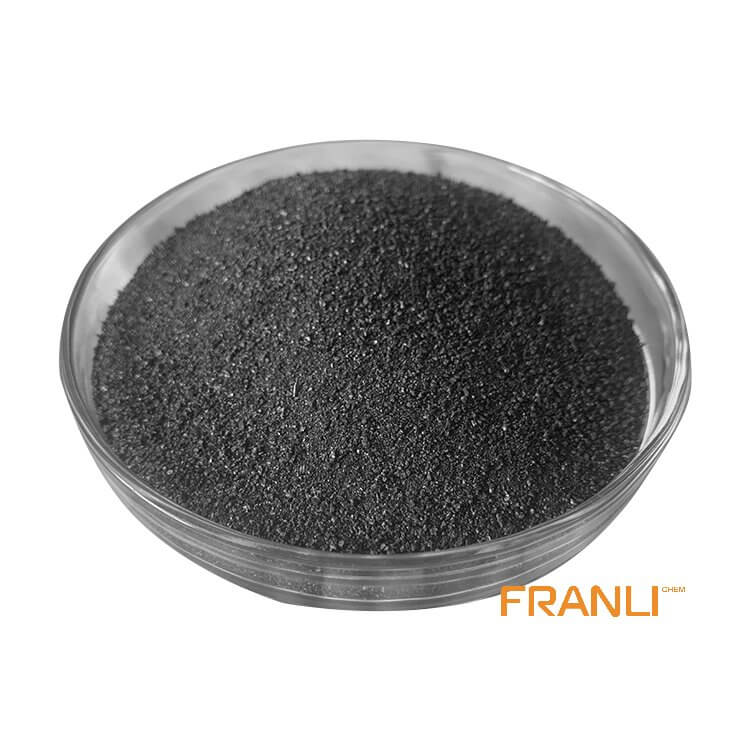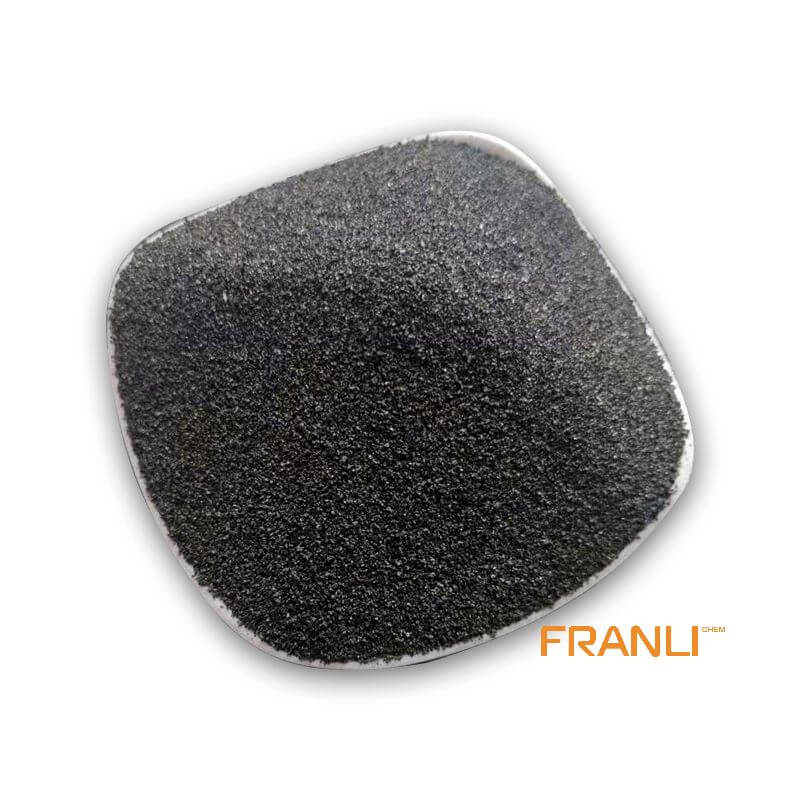



Petroleum Coke
Size
According to your requirements
Package
25 kg small bags into ton bags or ton bags
Features
Low ash content and low boiler ash discharge, etc.
Application
Depending on its quality, petroleum coke can be used in industries such as graphite, smelting and chemical industry, etc
Petroleum coke, as a byproduct of petroleum, is produced in the process of petroleum processing, that is, the crude oil is distilled to separate light and heavy oil, and the heavy oil is converted into petroleum coke by hot cracking. If petroleum coke can be obtained directly from petroleum processing, then the petroleum coke is raw coke or ordinary coke. Petroleum coke has irregular shape, dark gray or black, porous structure and metallic luster.
Request a quoteIn terms of appearance: petroleum coke: compared with calcined coke, the two have little difference in shape, but compared with calcined coke, the metallic luster of petroleum coke is weak, the particle surface is not dry, and the pores are not transparent.
Calcined coke: in terms of appearance, calcined coke is a black block with irregular shape and different sizes, with a strong metallic luster. After calcination, the pores of carbon particles are more transparent.

From the production process and indicators:Petroleum coke: petroleum coke is a product converted from crude oil by distillation to separate light and heavy oil, and then through the process of thermal cracking. The main element is carbon, and the rest are hydrogen, nitrogen, sulfur, metal elements, and some mineral impurities (water, ash, etc.).
Calcined coke: Calcined coke is calcined from petroleum coke. Raw material calcination is an important process in the carbon production process. In the calcination process, a series of changes will occur in the structure and element composition of carbonaceous raw materials. Most of the volatile and water in the raw materials can be removed by calcination. With the removal of most of the volatile and water, the volume of carbon will shrink, the density will increase and the mechanical strength will become stronger, So as to reduce the secondary shrinkage of the product during calcination. The more fully the raw materials are calcined, the better the product quality is.

From the perspective of purpose:Calcined coke: Calcined coke is mainly used for prebaked anode and cathode for electrolytic aluminum, carburizing agent for production in metallurgical iron and steel industry, graphite electrode, industrial silicon and carbon electrode for ferroalloy, etc.
Needle coke in petroleum coke is mainly used for high-power graphite electrodes, and sponge coke is mainly used in the steelmaking industry and carbon industry.
Petroleum coke is a product formed by separating light and heavy oil from crude oil through distillation and then transforming heavy oil through thermal cracking. From the appearance, coke is a black block (or particle) with irregular shapes and different sizes, with a metallic luster. The particles of coke have a porous structure. The main element composition is carbon, accounting for more than 80%, containing 1.5% – 8% hydrogen, and the rest are oxygen, nitrogen, sulfur, and metal elements. Franli provides various indicators of petroleum coke, calcined petroleum coke, and other chemical products. It is rich in resources. It is close to Qingdao port to reduce costs for customers and has received extensive praise from customers.



